| Sporty/performance car; Built in Canada |
|
|
| Good condition price range: $2,600 – $8,200* |
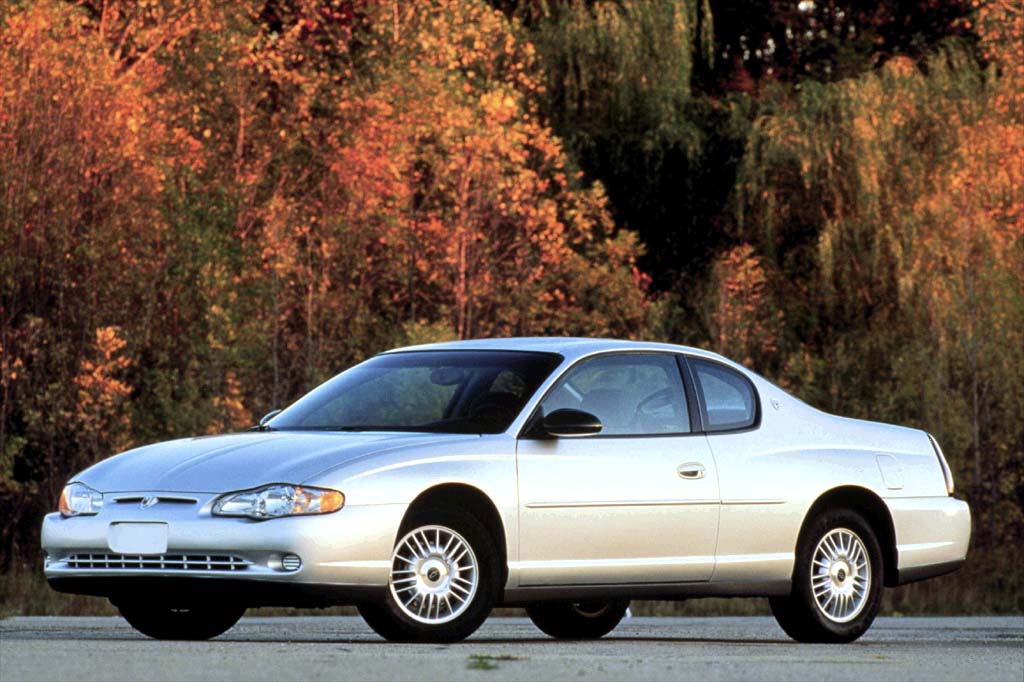
2000 Chevrolet Monte Carlo LS
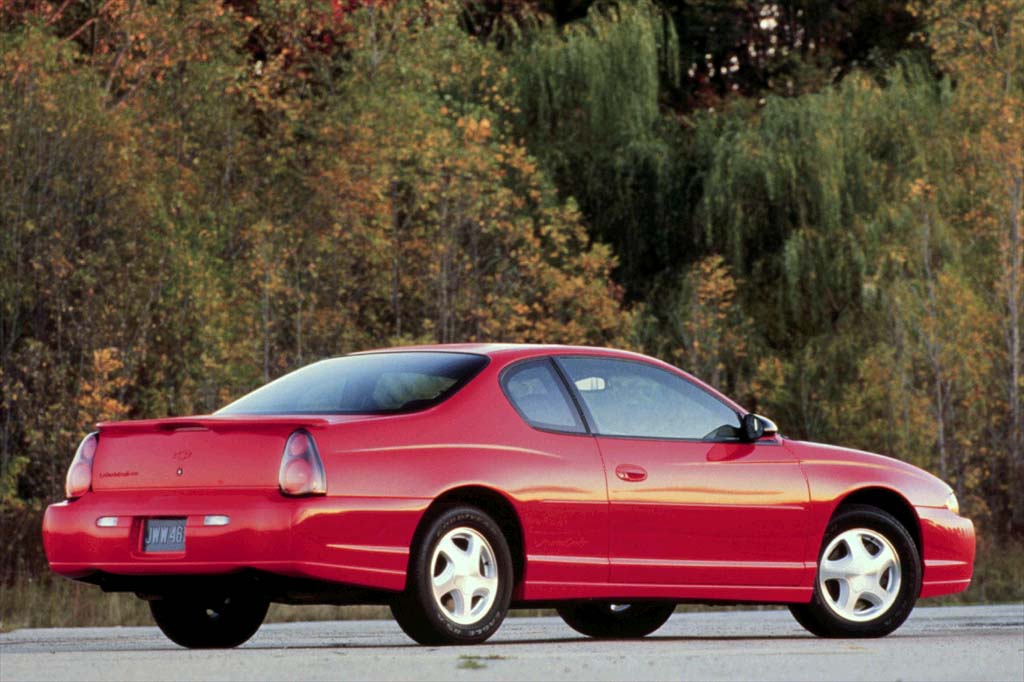
2000 Chevrolet Monte Carlo SS
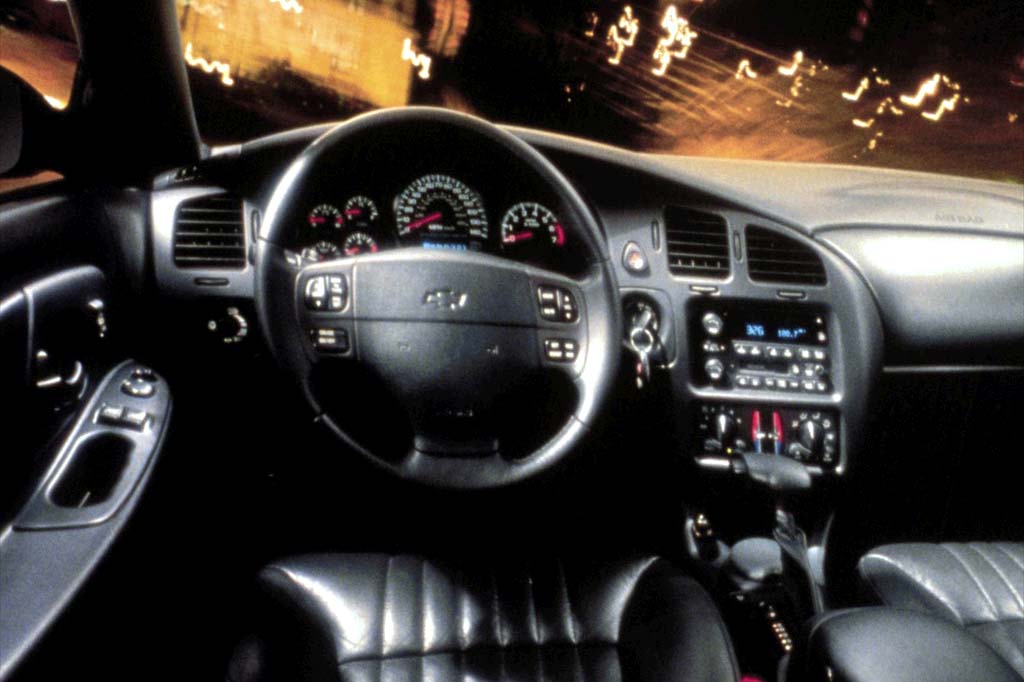
2000 Chevrolet Monte Carlo interior
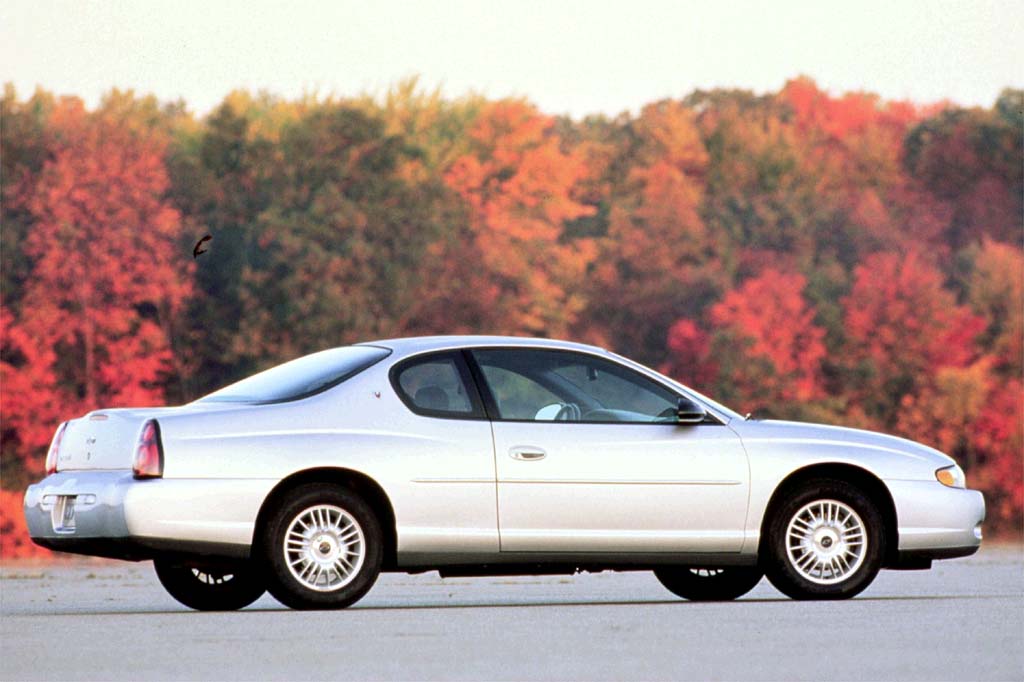
2001 Chevrolet Monte Carlo LS
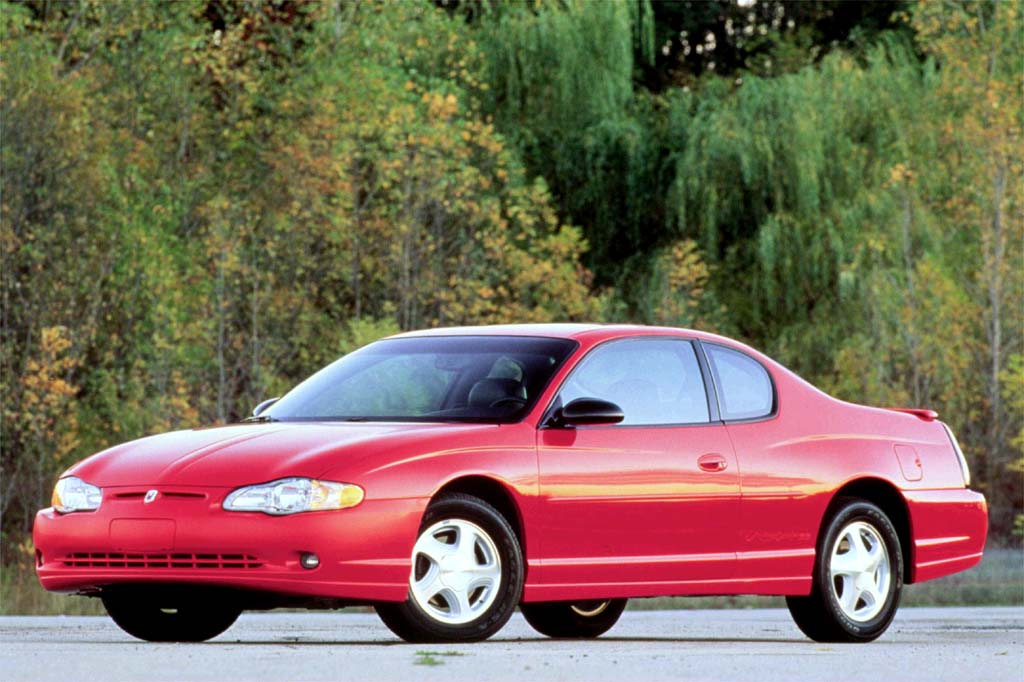
2001 Chevrolet Monte Carlo SS
| Pros: |
|
| Cons: |
|
Roomier than other sports coupes, the Monte trounces models like the Avenger in size, comfort, and performance. New or used, it also beats an Accord or Solara in features for the price. Though less poised than Japanese-brand rivals, it has its own American character. Resale value has not been strong, which can be a bonus for used-car shoppers.
Overview
Totally redesigned for 2000, Chevrolet’s midsize sports coupe switched from the Lumina platform to that of the new, larger Impala sedan. Eye-catching styling stood out from any other domestic model, and even featured some design cues from the original Monte Carlos of the 1970s. Two inches shorter overall than the previous Monte, it was three inches longer in wheelbase, giving passengers an extra inch of leg room. A 180-horsepower 3.4-liter V6 went into the LS coupe, while the sporty SS got a 200-bhp 3.8-liter V6, along with firmer suspension settings and standard alloy wheels. Each engine drove a four-speed automatic transmission. Both versions had all-disc antilock braking, but side-impact airbags were not available. Front bucket seats made for five-passenger capacity. Leather upholstery and GM’s OnStar emergency/communications were optional for both the LS and SS. Standard equipment included air conditioning, power windows, a rear defroster, tilt steering column, and tire-inflation monitor. SS coupes added traction control, a rear spoiler, dual-zone climate control, remote keyless entry, and fog lamps.
Yearly Updates
| 2001 Monte Carlo A side-impact airbag for the driver became standard on the SS coupe for 2001. Both versions now included traction control. OnStar became standard in the SS. A new Sport Appearance package for the LS coupe included five-spoke aluminum wheels and a rear spoiler. For the LS, that optional group features lower body cladding, unique five-spoke wheels and rear spoiler, and bright exhaust tips. Also new was an emergency inside trunk release. |
| 2002 Monte Carlo Dual-zone climate controls and a rear-seat center shoulder belt were newly standard for 2002. To honor the late NASCAR driver, 3333 Monte Carlos equipped with the Dale Earnhardt Signature Edition option package were made available at midyear. Based on the SS, these cars included the High Sport option package and special exterior and interior trim. |
| 2003 Monte Carlo Additions for ’03 included standard remote keyless entry for the LS, and a newly optional XM satellite radio with 100-channel digital receiver. Added midyear was a specially trimmed Jeff Gordon Signature Edition of the SS. |
| 2004 Monte Carlo New for ’04 is a Supercharged SS trim level, with a 3.8-liter V6, firmer suspension, 17-inch wheels, and standard tire-inflation monitor. |
| 2005 Monte Carlo Standard OnStar assistance is the main 2005 change for the Monte Carlo. |
